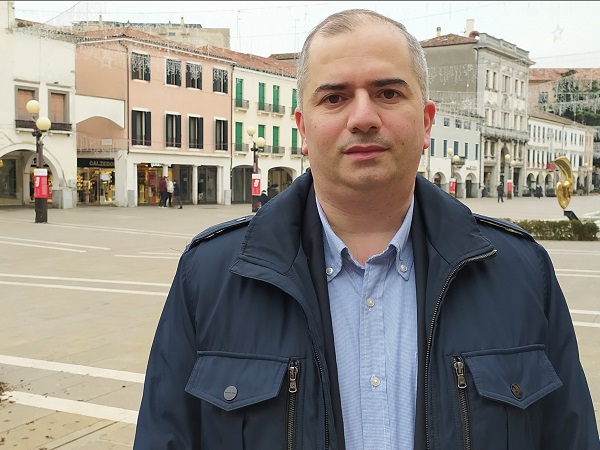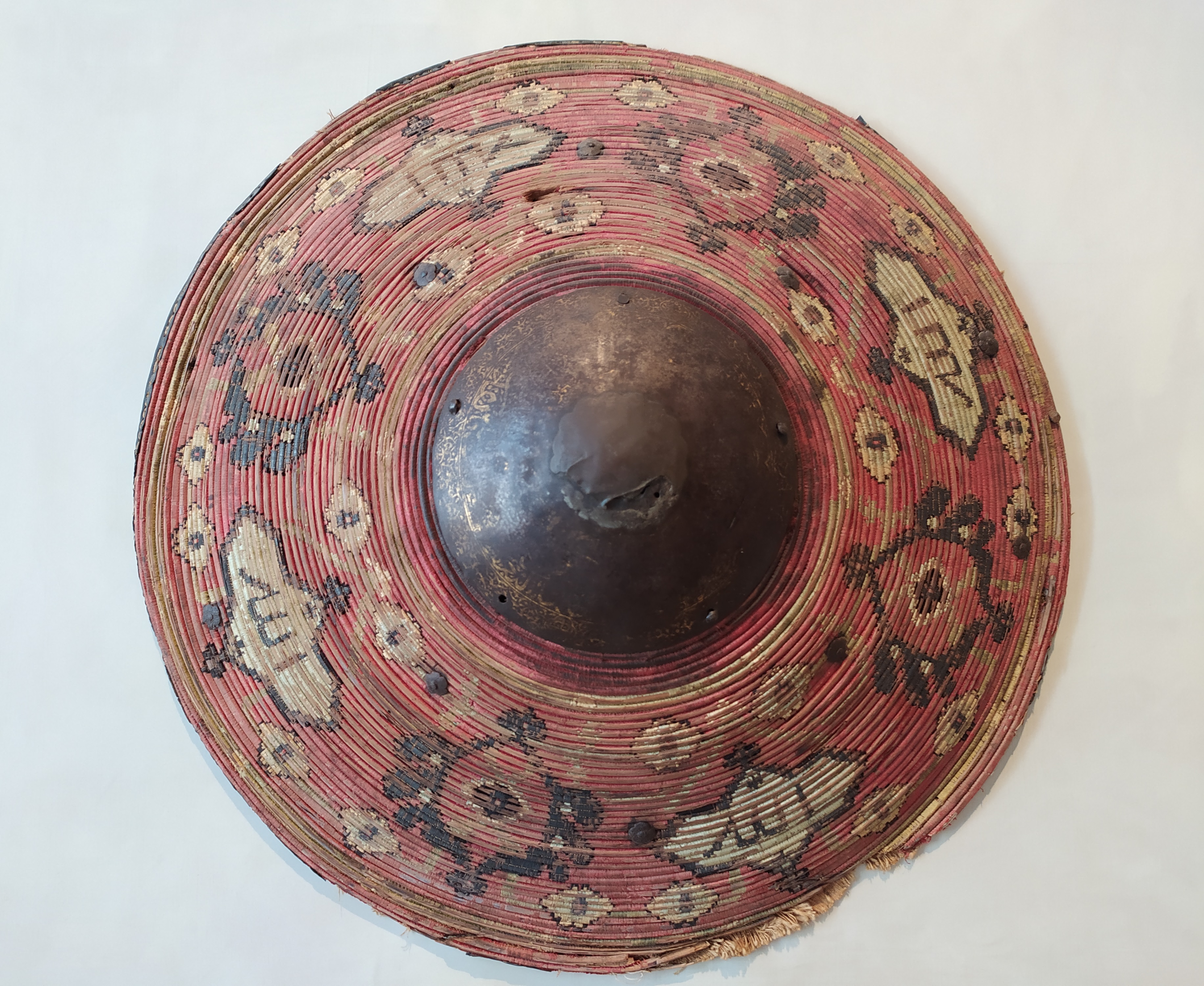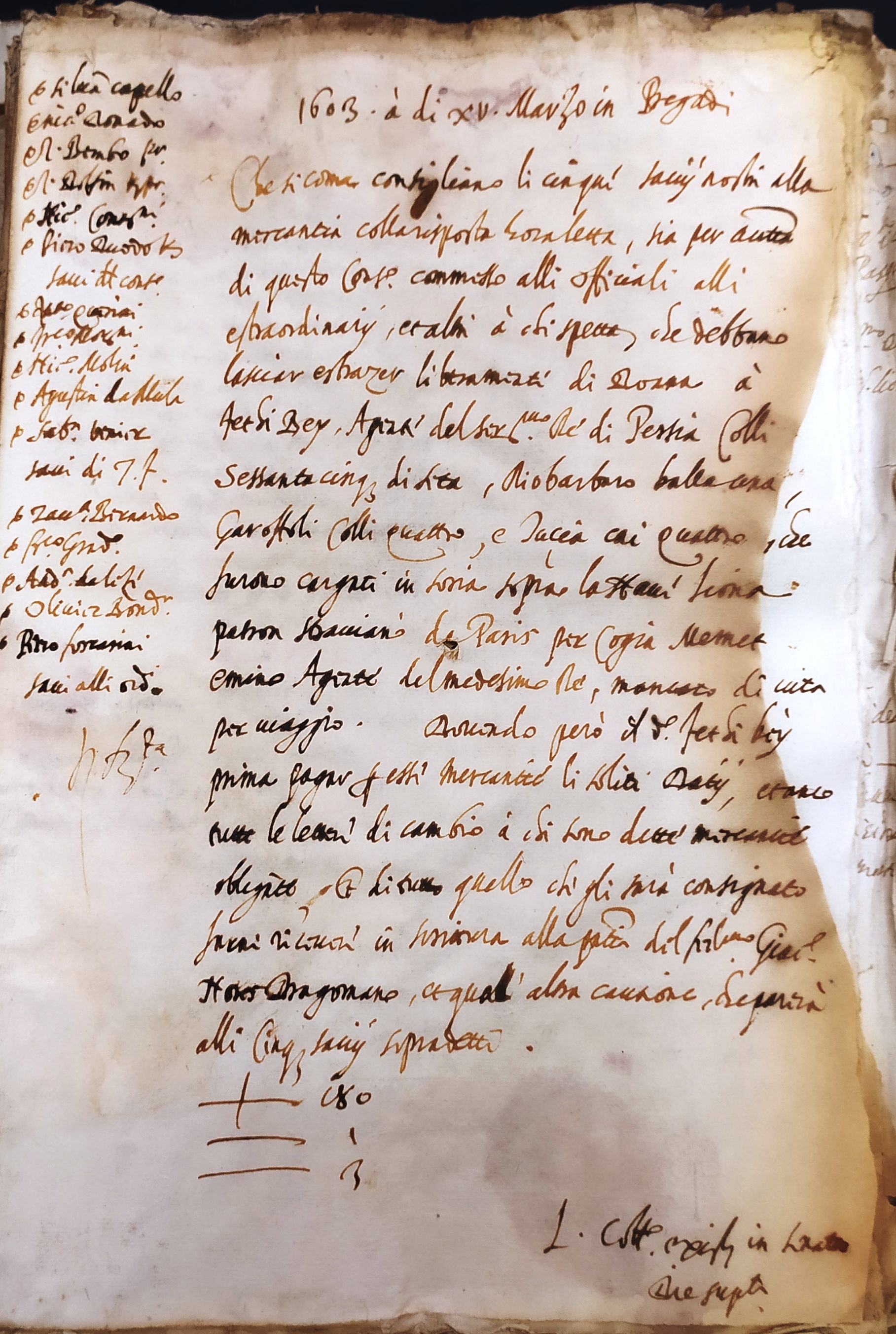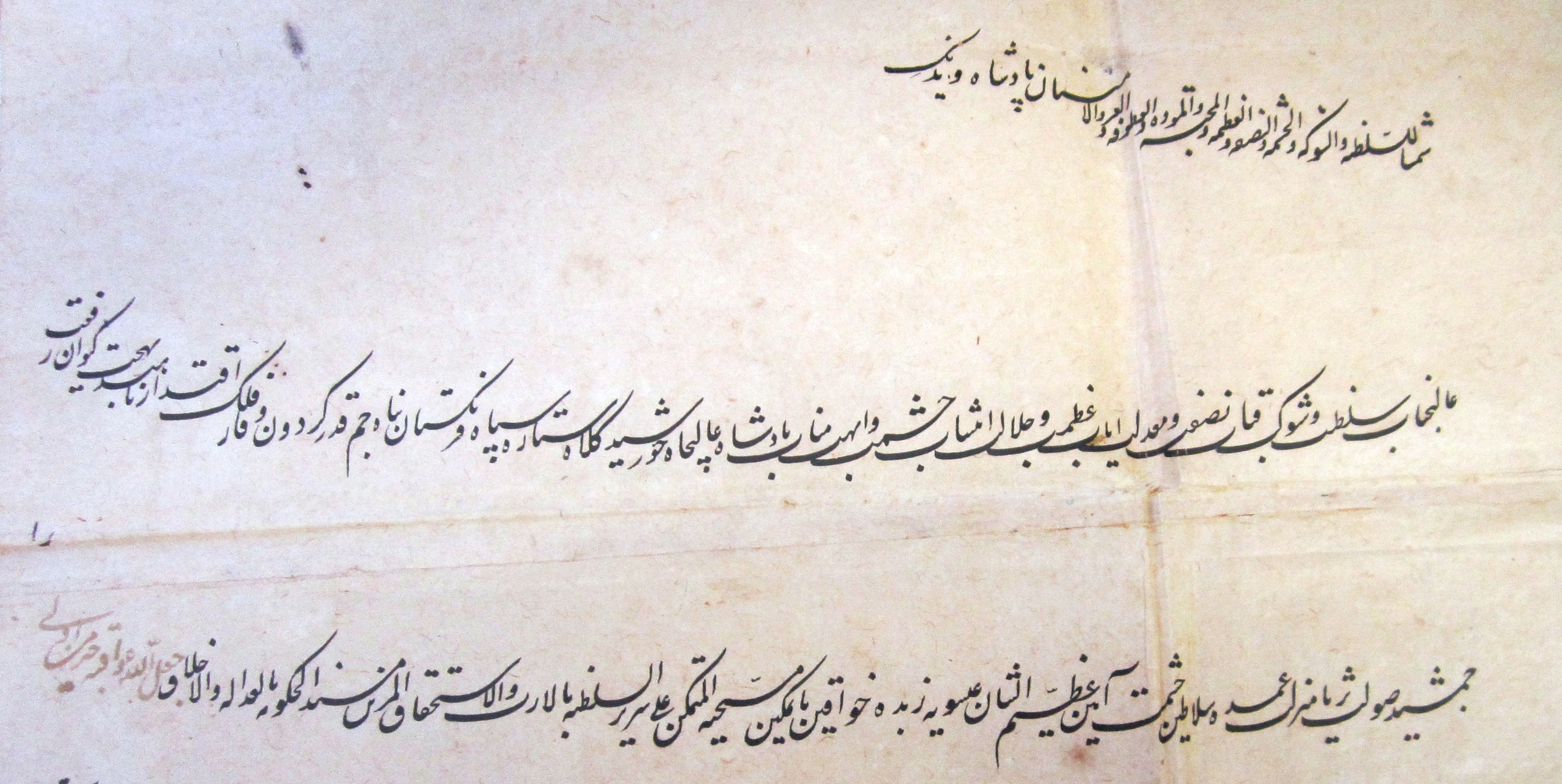2021 marks the 1600th anniversary of the legendary foundation of Venice. Initially only a minor settlement, the city was destined to become an empire that, at its climax, controlled territories along the Adriatic coast and on the mainland and islands in the Aegean. This empire entertained diplomatic and commercial relations with European and Eastern powers. Among the latter, the relationship between Venice and the Ottoman Empire was perhaps the most ambivalent.
In his project SAFVEN - West meets East in Venice: Cross-cultural interactions and reciprocal influences between the Safavids and Venetians, Marie Curie Fellow Ahmad Guliyev focused on the significance of symbolic communication in diplomatic relations between the Safavid Empire and Venice, and on the material dimension of their diplomatic encounters. Prof. Dr. Guliyev’s interest in the relationship between the Safavid Empire and the Venetian Republic developed during his PhD studies. Ca’ Foscari was then the only possible choice, “also because of the international reputation and research excellence of the University”. Dr. Guliyev's Marie Curie tutor was Prof. Simone Cristoforetti from the Department of Asian and North African Studies.
The Safavids were a dynastic family that reigned over the territories of present-day Iran, South Caucasus, and Afghanistan from 1501 until 1736. At the climax of their rule they also controlled Eastern Iraq and some parts of modern-day Turkey, Turkmenistan and Uzbekistan. Under Shah ῾Abbās I, known as “‘Abbās the Great” (r. 1587-1629), the Safavid Empire reached its apogee. Dr. Guliyev’s research has analysed the diplomatic rituals - such as gift-giving - performed during Safavid-Venetian meetings and, more importantly, discovered previously unknown documents, which shed light on the relationship between the two powers as well as on that between each country and the Ottoman Empire.
“Generally, Venice looked to the Safavids through the prism of its own relations with the Ottomans,” dr. Guliyev explains. “This was also true for the Safavids, since the nature of their contacts with the Venetians was influenced by their attitude to the Sublime Porte. In particular, in the 16th century, Venetians and Safavids viewed each other as potential allies against the threat of the expanding Ottoman Empire. At the same time, Venice pursued Realpolitik by safeguarding its commercial relations with the Ottomans, as the Republic depended on trade for its own existence. The documents I discovered in the Venetian and Florentine archives - and particularly “Storia d'Ismael figlio di Sciathamas Sofì di Persia” by friar Andrea Rosselli, part of the Central National Library collection in Florence - could help to shed light on different aspects of the Ottoman-Safavid relations in the second half of the 16th century. For instance, I was able to find some names of Safavid merchants and envoys, previously unknown, but above all, I discovered that the first Safavid delegation to Venice was sent by Shah ‘Abbās I in 1597 rather than in 1600, as it was previously thought. We could date this first embassy because we found a recommendation letter issued by Shah ‘Abbās I for envoys Khoja “Yeias” (Ilyas) and Mehmed Emin kept in the Lettere e scritture turchesche series of the Venetian State Archives. The letter, issued in Qazvin (present-day Iran), dated to 1005 Hijri (thus 1597 in the Gregorian calendar) and is preserved only in the Italian translation. In this letter, addressed to the Venetian Doge Marino Grimani (r. 1595-1605), Shah ‘Abbās asks him to facilitate the purchases of the Safavid envoys. This document suggests that the first Safavid trade mission to Venice was sent in 1597, not in 1600 as previously known.
The names we identified were those of the Safavid merchants accompanying the Safavid envoy Fathi Bey in 1603: Khalil ibn Miri (Calil figlio di Miri), Garakhan ibn Haji Bayram (Caracan del Agi Beiran), Hasan ibn Haji Abulgasim (Assan del Agi Ebulcasin), Hüseyn ibn Ali (Ussein del Ali) and Sahib ibn Murat (Saap del Murat). All these merchants were from the Nakhchivan province (present-day Azerbaijan) except Sahib, who was from Tabriz city (present-day Iran). Among other commodities, they brought to Venice rhubarb (a plant used also for medicinal purposes) and cloves.”
What were the most noteworthy aspects in the diplomatic encounters between Safavid envoys and Venetian authorities?
Gift-giving was particularly meaningful, to the Safavids especially. Since this was mainly a trade relationship, these meetings were an opportunity to display the best Safavid goods, such as textiles and carpets, which can be seen also in many Italian paintings of the time, such as Tintoretto’s or Palma il Giovane’s. Textiles, however, had also a symbolic value. For instance, a khil‛a (“robe of honour”) was a gift reserved to distinguished guests, or to those that the Shah meant to homage. These robes were made with precious fabrics and embroideries, sometimes also in gold thread. In 1603, Safavid envoy Fathi Bey presented a mantle of cloth of gold to Venetian Doge Marino Grimani. Textile items that incorporated religious symbolism were also among the Safavid gifts brought to Venice in 1600 and in 1603. A fragment of a gold-embroidered velvet fabric with the figures of Christ and the Virgin Mary is preserved at the Museum of Palazzo Mocenigo. Since the Safavid envoys had no knowledge of Italian, they relied on the Public interpreters (known as dragomans) in the Turkish language in their conversations at the Venetian College. The audience records of some Safavid envoys in Venice suggest that they spoke in Turkish, and the Venetian Senate sent letters to the Safavid shahs that were written in Italian and translated into Ottoman Turkish as well. Draft versions of the Turkish translations still exist in the State Archives in Venice.
Did this research require any specific methodological skills?
During my fellowship term, I received a training on Italian Paleography which helped me improve my skills in reading and transcribing archival documents. I also had the chance to participate in the course on Ottoman Paleography held by Prof. Vera Costantini from the Department of Asian and North African Studies. The training was quite useful for me as it focused on the reading and transcribing of the Ottoman imperial letters written in diwani script.
Do you plan on continuing your research?
Yes, I would like to continue my work by focusing both on the triangular relationship between Venice, the Safavids and the Ottoman Empire and on those relations built in the Venetian dominions on the Adriatic shores. The language skills I developed during this study will be undoubtedly beneficial to this work.














